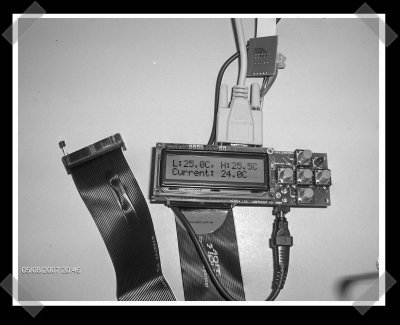
This nifty thermostat is actually built from just a few off the shelf components. A Dallas DS1820 1-wire temperature sensor provides and an Olimex ATMega development board. If you’re not so handy with the soldering side, you can pull this one off. The device can be programmed by the button cluster and will even output status via the serial port.
classic hacks2779 Articles
Use Junk To Measure Your Caps And Coils
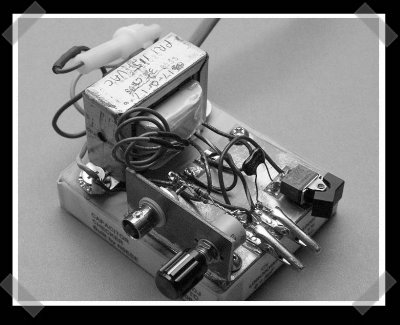
[Cliff] sent in [N5ESE]’s junk box project page. Most of the projects are amateur radio specific, but one that caught my eye was his capacitance checker
RouterTerm: Atmega Serial Terminal
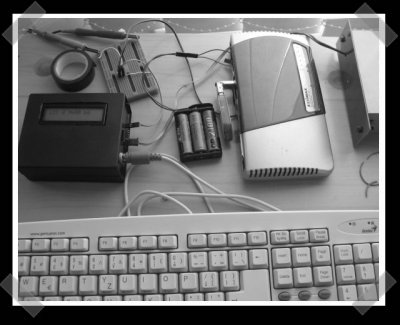
[Adam] sent in the RouterTerm. It’s an ATMega8 with an LCD, PS/2 keyboard input and a 16×2 LCD. No source/schematics yet, but he claims that he’ll get around to it if enough people ask. It was built specifically to talk to an Edimax BR-6104KP router with Linux on it.
Hackit: Network Attached Storage?

With each passing day the rate we acquire digital media increases (we don’t even bother unpacking our CDs when we move anymore). Large publishers have started moving away from DRM, which means we’ll be buying even more digital media in the future. Acquiring all of this nonphysical property puts importance on not just making it easily accessible, but also protecting it from destruction. Slashdot asked for reader suggestions of what NAS to buy; we’ve compiled some of the options below and want to know what you use.
Render Your Next Render Farm
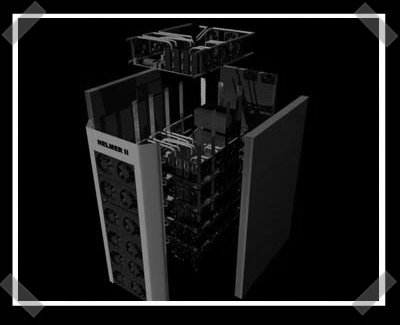
You might remember [Janne]’s IKEA cluster. Now he’s got a couple of dream rigs in mind, so he started doing 3D renderings of them. Helmer 2 is designed to contain 24 video cards attached to six motherboards with quad core CPUs. (AMD has even taken enough interest to send him some cpus to get started) The rendering really comes in handy for designing the custom copper heat pipes and the aluminum cooling fin enclosure. Still bored, he put together a rendering of a 4 PetaFLOP machine using 2160 video cards.
Update: The Helmer 2 link is fixed.
12 Channel LiFe Battery Management System
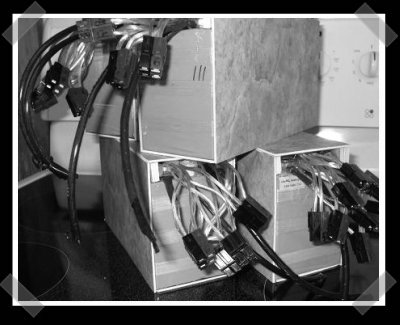
With fuel prices rising, EVs are becoming more an more stylish. This bit of floor tile wrapped hardware is actually a 12 channel battery management system designed to handle Lithium Iron battery packs. It’s designed to take power from a standard lead acid charger and supply the batteries with their maximum charge current. The cost and complexity of the BMS has been a major stumbling block in the past, so it’s interesting to see these come around. If you need more than 12 cells, multiple boards can be used.
Ardupilot: Arduino Based UAV Autopilot
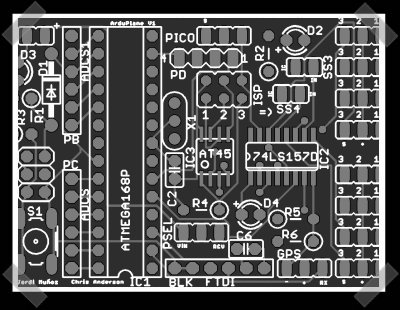
A short while back, [Chris Anderson] released an Arduino based autopilot. It rings in fairly cheap and being open source, you can tweak away. To add more functionality, he’s releasing a dual core version. Thanks to the second processor, it no longer requires an external hardware co-pilot. It uses an on-board GPS and features an ATtiny based fail safe. It’s still under development, but he’s made the design files available.










